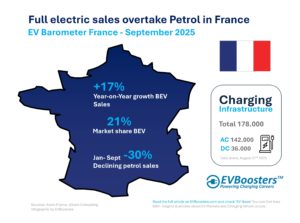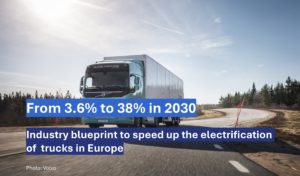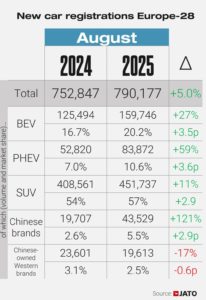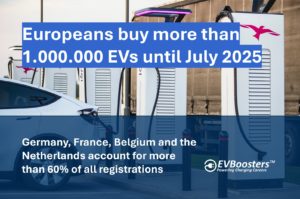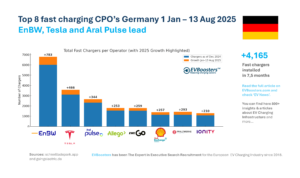Currently, some car manufacturers are ahead of the game, while others are lagging behind. Polestar and Tesla are leading the race, exclusively manufacturing fully electric vehicles today. Volvo, Ford, and Volkswagen are the frontrunners among traditional auto manufacturers, with goals to fully electrify their fleets between 2030 and 2040. Other car manufacturers such as Mazda, Hyundai, and Kia have set targets to go all-electric between 2030 and 2040, while Honda aims to achieve this by 2040. However, Nissan, Mitsubishi, Toyota, and Isuzu have yet to make any commitments towards fully electric fleets.
Introducing robust fuel efficiency standards is crucial to accelerate the transition to fully electric fleets. These standards should align with the pathway that forward-thinking manufacturers have already taken, making it entirely feasible for 100% of new cars to be zero-emissions in about a decade. This would not only combat climate change but also make electric vehicles more affordable for consumers. Currently, the cheapest electric vehicle available in Europe costs just $18,000 AUD, compared with almost $50,000 AUD for the cheapest one in Australia.
It’s important to note that not all electric vehicles are created equal. Battery Electric Vehicles (BEVs) are the only 100% electric vehicles, while other types such as Plug-In Hybrid (PHEV) and Hybrid (HEV) vehicles still rely on dirty petrol and diesel. Manufacturers that rank higher in the scorecard have a near-term target for 100% new electric vehicles and a strong BEV target.
As technology continues to improve, more car manufacturers are likely to introduce fully electric fleets. Governments need policies to support this momentum, rather than policies that slow down progress to allow lagging companies to catch up. By advocating for strong fuel efficiency standards and supporting the transition towards fully electric fleets, we can combat climate change, reduce harmful emissions, and make electric vehicles more affordable for everyone.
Source: The climate council | Race to zero emissions: who’s the cleanest of them all?


